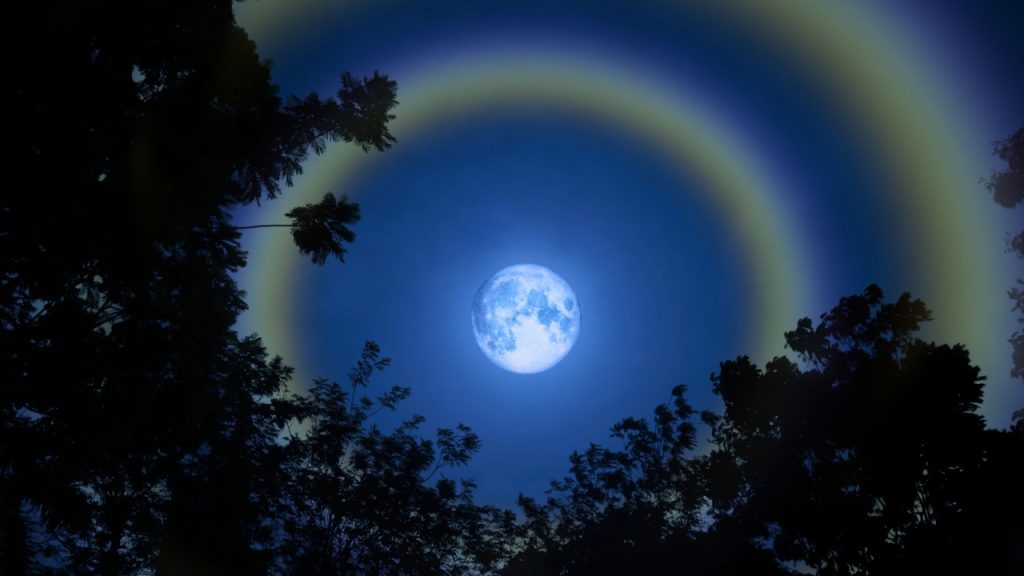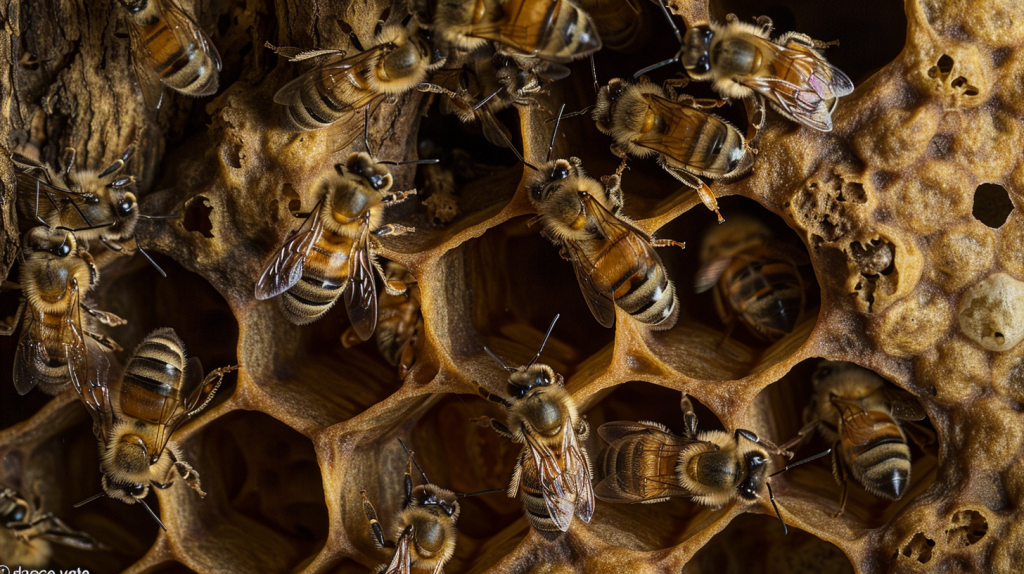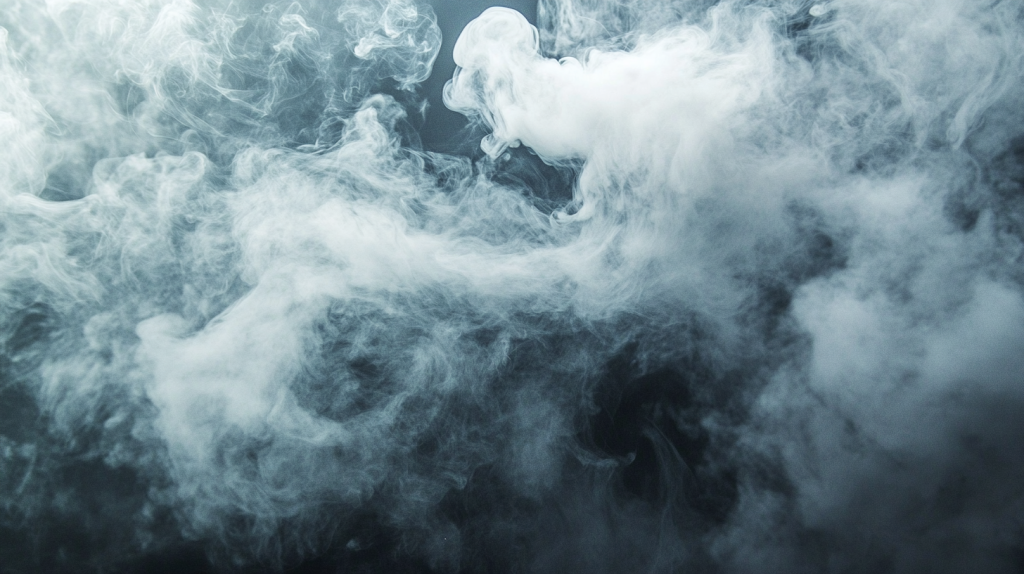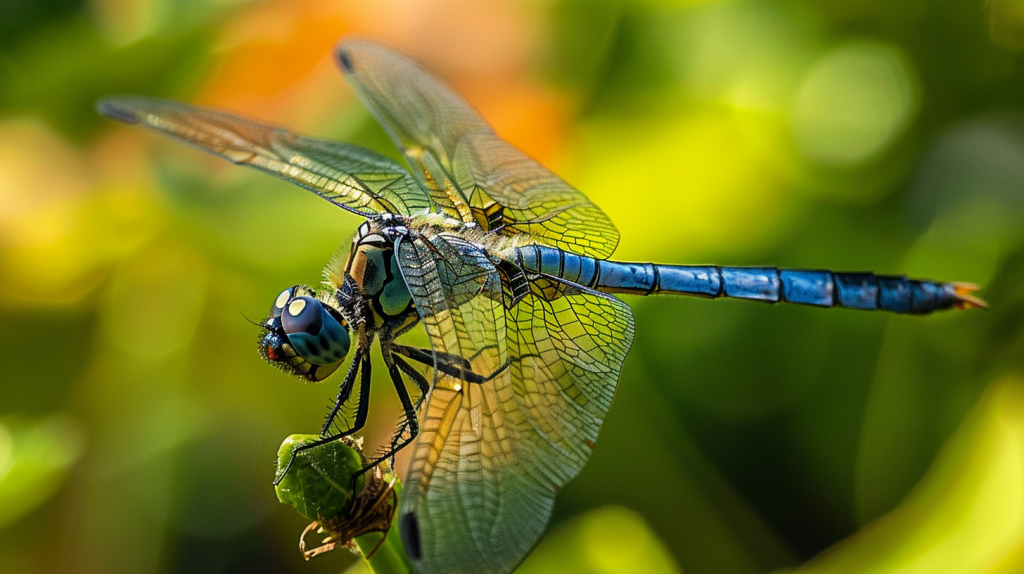Throughout history, people have relied on nature to predict the weather. While today’s meteorologists have sophisticated tools, old weather prediction methods still hold surprising accuracy.
These ancient methods, rooted in careful observation of nature, show us how much we can learn from the world around us. Even in our high-tech age, these signs remain remarkably reliable.
1. Red Sky at Night, Sailor’s Delight

This saying suggests that a red sky at sunset indicates good weather ahead. It works because dust and moisture particles scatter red light, hinting at stable air and clear skies moving in.
2. Red Sky in Morning, Sailor’s Warning

Conversely, a red sky in the morning means bad weather is on the way. This occurs because the red sunrise light shines through a thickening atmosphere, indicating an approaching storm.
3. Halo Around the Moon

A ring around the moon is often a sign of rain. This halo is caused by the refraction of moonlight through ice crystals in cirrostratus clouds, which usually precede a weather front.
4. Cows Lying Down

It’s believed that cows lie down when they sense rain is coming. The theory is that they do this to keep a dry patch of ground to rest on.
5. Crickets Chirping

Crickets can help estimate the temperature. By counting the number of chirps in 14 seconds and adding 40, you can get a rough idea of the temperature in Fahrenheit.
6. Pine Cones Opening

When pine cones open up, dry weather is likely. They close tightly when the humidity is high, which often precedes rain.
7. Flowers Closing Up

Certain flowers close their petals when rain is imminent. This natural reaction helps protect their pollen from getting washed away.
8. Low-Flying Birds

Birds fly lower to the ground when a storm is coming. This behavior is due to the drop in air pressure, which makes flying at higher altitudes more difficult.
9. Spiders Spinning Larger Webs

Spiders tend to spin larger, thicker webs before rain. They do this to ensure their webs can withstand the upcoming weather conditions.
10. Frogs Croaking Loudly

Loud croaking frogs are often a sign of incoming rain. Frogs become more active and vocal when the air is moist, as it indicates good breeding conditions.
11. Cats Cleaning Their Ears

When cats wash their ears thoroughly, it’s said to signal rain. This behavior might be their way of reacting to changes in the atmosphere.
12. Bees Staying Close to the Hive

Bees return to their hives and stay close when rain is coming. They can sense changes in humidity and pressure, which influences their foraging behavior.
13. Sheep Huddling Together

Sheep gather closely together in the field when bad weather approaches. This behavior helps them keep warm and protected from the elements.
14. Dew on the Grass

Morning dew on the grass indicates a dry day ahead. If there’s no dew, it suggests rain is coming, as clouds keep the ground from cooling enough to form dew.
15. Wind Direction

Changes in wind direction can predict weather changes. Winds from the east often bring wet weather, while winds from the west indicate fair conditions.
16. Woolly Bear Caterpillars

The bands on woolly bear caterpillars are believed to predict winter severity. Wider brown bands suggest a mild winter, while narrower bands indicate a harsh one.
17. Smoke Rising Straight Up

Smoke that rises vertically indicates stable, fair weather. If it swirls or moves downwards, it means low pressure and likely rain are on the way.
18. Ants Building Mounds

Ants often build higher mounds when they sense rain coming. This behavior helps protect their nests from flooding.
19. Dragonflies Flying Low

Dragonflies flying closer to the ground can signal coming rain. They do this because low pressure makes it harder to fly at higher altitudes.
20. Leaves Turning Over

Tree leaves, especially maple and oak, can turn upside down before a storm. This happens because of the sudden drop in humidity, which causes the leaves to twist.
21. Clear Moon, Frost Soon

When the night sky is clear, there are no clouds to trap heat close to the ground, leading to rapid cooling. As temperatures drop quickly, frost is more likely to form by morning, especially in colder months.
Ellen has been obsessed with logic puzzles, jigsaws, and cryptograms since she was a kid. After learning she was taught how to play chess wrong by a family friend (so they could win), she joined her school chess club and the rest is history.


